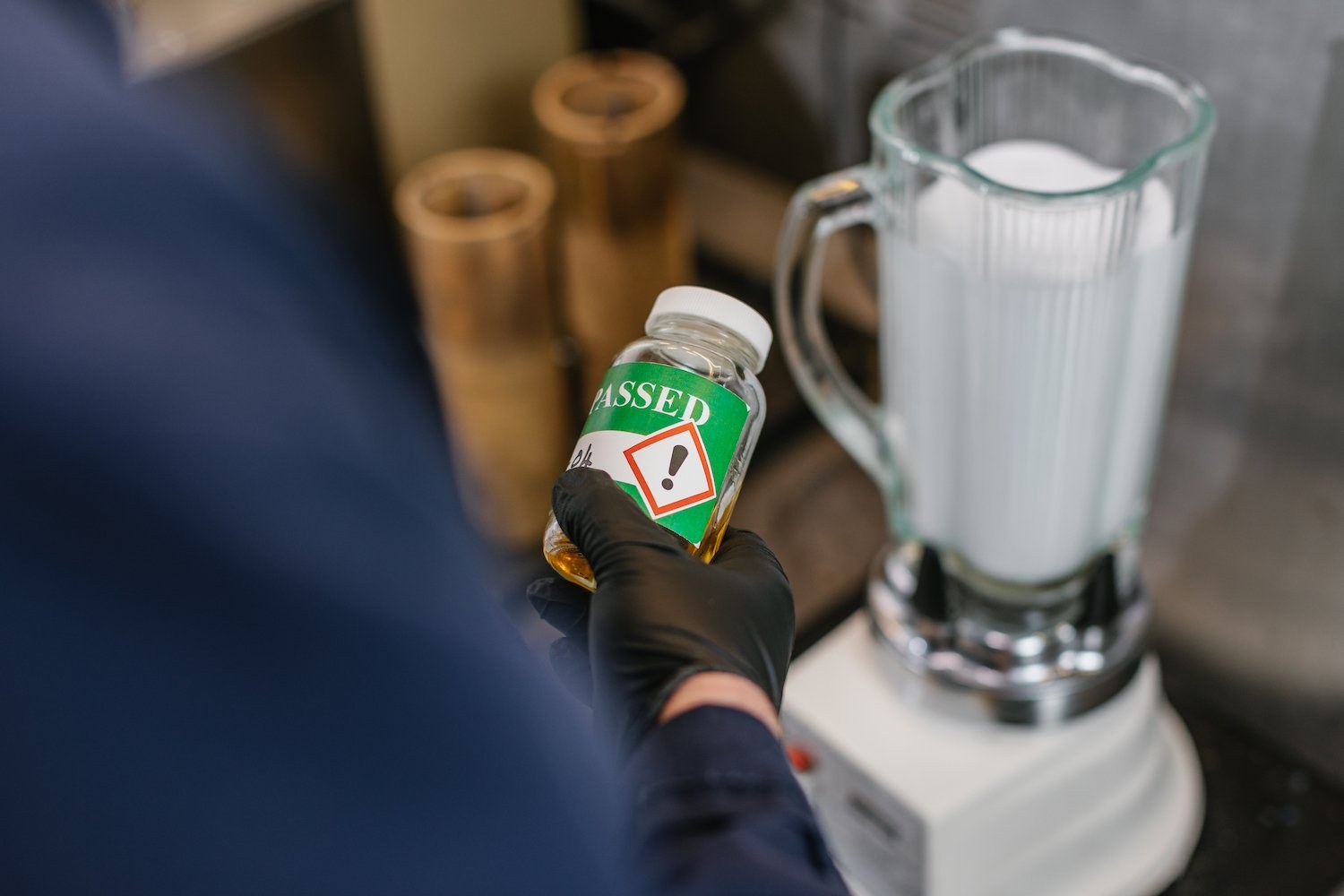Downhole fluid build-up coupled with a drop in reservoir pressure can lead to the rapid decline of gas production rates, and can ultimately result in a well ceasing production.
While there are many ways to deliquify a well to maximise production, chemical foamers can be incredibly effective and well worth considering.
In this blog post, Kevin Lonie shares some of the benefits of using chemical foamers, and provides insights and advice around how best to use them…

THE BENEFITS:
Low cost and low risk
“Foamers are a much cheaper option than alternative solutions, such as mechanical lifts, and there is very little risk associated with their usage. If a foamer doesn’t work, it won’t make the well worse - so often we see clients giving them a go before opting for more expensive methods, in the hope that they produce the desired results. And we have seen their success over and over again.”
Delaying plug and abandonment costs
“When looking specifically at older wells, foamers can provide longevity to production, which will in turn push plug and abandonment activity further into the future. This will delay that significant cost for the business, and allow an operator to get additional years out of their well.”
Fast results
“If a foamer works in your well, the results will be extremely fast and it will be very easy to determine if the treatment has been successful.”
Can be used in batch treatment
“You can either inject a foamer continuously, or use in batch treatments, but if the latter method is selected, engineering costs would be reduced. In certain applications, batch treatments may be more effective than continuous treatment. The decision will be partly based on the completion and provides an initial test to know whether installing something like a capillary string is of economic benefit.”

ADVICE FOR USING CHEMICAL FOAMERS:
Don’t miss the ideal time to use a foamer
“Many people we speak with say they’ve used foamers in the past, with little success. However when we dig a bit deeper, it often becomes apparent that they didn’t use the foamer at the optimal time, and instead used it too late.
“If a well is depleted and not producing, there is often not enough energy for a foamer to act. You’d be asking the foamer to do too much at this point, which results in low success rates.
“We encourage using foamers earlier to give them the best chance of success, and maximise your results. As soon as you start seeing water, which coincides with gas production reducing, this is the optimal time to use a foamer.”
Avoid excessive testing
“Although foamers can be highly effective, it can be very difficult to determine if a foamer will actually work in a specific well.
“While you can conduct lab tests to prove a foamer’s effectiveness, and do screening tests to compare the results of a range of foamers, these tests will not replicate exactly how a foamer will work in the reservoir. You will be confident you have a good foamer, but you won’t know how it will perform until it’s in the well.
“In a period where budgets are restricted and lab tests are an expense, our recommendation is to try them - as results can be incredible. However if you would prefer testing to be done, we have a set-up to allow for a variety of foamer tests according to your needs, and we have found good correlation from lab to field with thermal stability tests.”
In summary, chemical foamers should be considered as a low CAPEX and potentially highly effective method for gas well deliquification. While we understand it is not always the optimum method, we are very keen to be included in early technical discussions to allow the project engineers and subject matter experts to make informed decisions.


